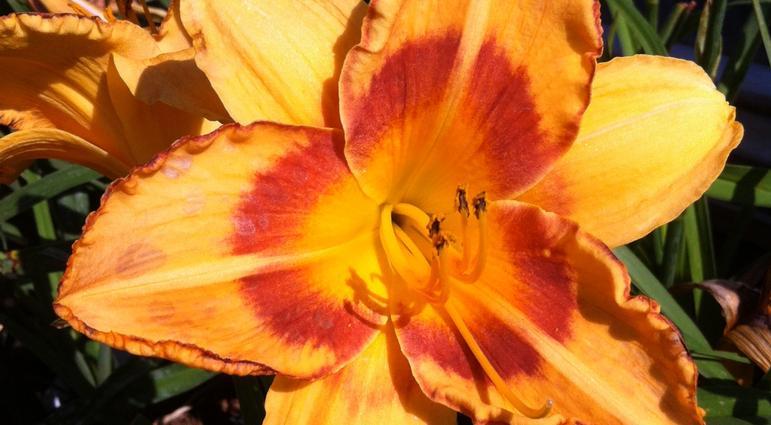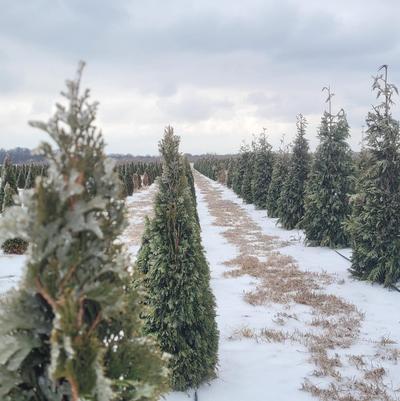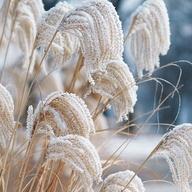Fall is a Great Time to Plant
Fall is a great time to plant just about anything!

For gardeners in many parts of the country, fall is a great time to plant just about anything. Except in the coldest regions, fall can provide most perennials, shrubs and trees with enough time to become established in their new home before experiencing extreme heat, cold or drought. Familiarity with your own climate, hardiness zone and the hardiness of the plant you want to put in the ground will guide your decision. Exceptions and limitations to fall planting may involve more than just your climate, though. Read on to see whether fall is best for your situation.
Advantages of Fall Planting
- The cooler air temperatures and warmer soils (as compared to spring) help plants transition to the landscape more easily. Cool weather reduces evaporation from plants and shorter days slow photosynthesis, so plants require less water.
- This is the time when roots grow significantly while plant tops rest so in the spring, fall plantings will start stronger and earlier growth. They effectively get a jumpstart on their spring-planted counterparts, and the stronger roots also help when it’s time to face summer drought.
- Excessive spring or summer rainfall, if it occurs in your area, may make digging in the soil more difficult than in the fall.
- In fall, plants should also have less pressure from pests and disease.
- There’s fewer gardening tasks in the fall so it’s easier to find time for planting.
- It’s more pleasant working in the cool weather.
- For pollinators, the earlier growth and blooming of fall-planted shrubs and perennials in the spring, especially for plants that don’t bloom in their first season, provides an important food source. Availability of nectar food can be limited early and late in the growing season, when there are fewer choices for birds, bees and butterflies.
Advantages of Spring Planting
- It’s natural for people to get excited about gardening and planting in the springtime. We may pay better attention to our new plantings.
- Garden centers are usually better stocked in the spring and you may have more product to choose from.
- Spring planting is better for plants with marginal cold hardiness in your area – they need the warm months to establish their roots and harden their foliage before experiencing winter. Even in the deep south (zones 9-10) it’s advisable to plant some plants - the tropical and subtropical ones with limited cold hardiness - in the spring.
- Planting during spring avoids any early frosts that may dessicate plants that haven’t yet developed an adequate root system.
- If you’re planting bare root trees (shipped without soil), these should be planted in spring to avoid injury to the naked roots in cold weather. Be sure to plant as soon as you receive them.
Some Guidelines for Fall Planting
- Don’t fertilize fall plantings.
- Do give fall plantings a layer of mulch.
- Make sure new plantings get at least an inch of water weekly. Windy conditions and dryness may be harder on evergreen types, especially conifers, since they can lose moisture through the leaves they retain through the winter.

